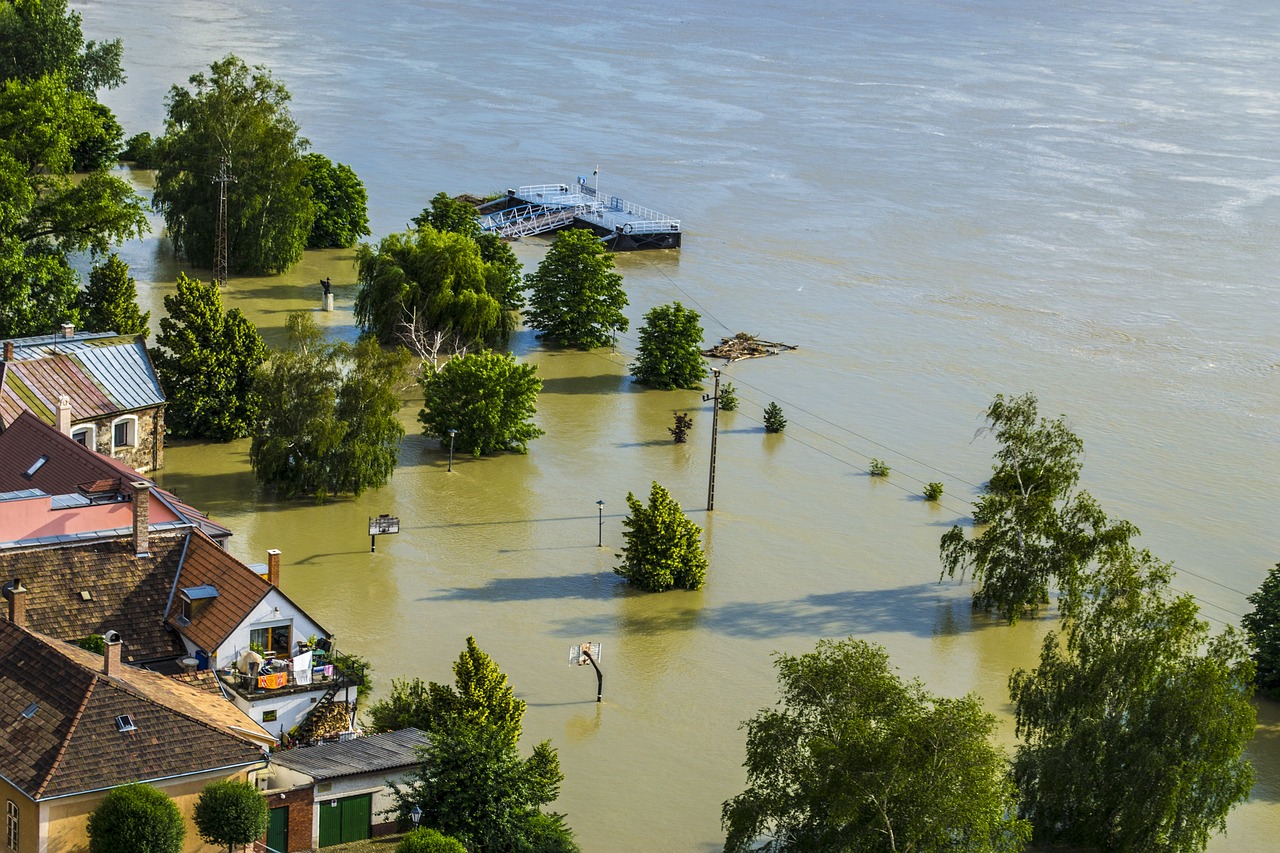
Private Flood Insurance vs Federal Flood Insurance
How the Growing Market for Private Flood Insurance Affects Your Policy
Since 1978, the National Flood Insurance Program (NFIP) has regulated nationalized flood insurance plans. In recent years, however, flood insurance has been increasingly offered in private markets, allowing for more varied coverage options for consumers.
For years private companies wouldn’t write flood insurance policies because it was seen as an immeasurable risk. Advances in risk management models and data analytics have opened the door for private insurers to now consider writing flood insurance. In 2017 the number of private insurers increased by 65% according to the Insurance Information Institute (III).
Though it is still a relatively new market share, private flood insurance has made an impact on the coverage and cost of flood policies. IAmagazine.com, a news journal for independent insurance agents, cites three types of flood policies in the growing market. A government-backed NFIP policy, an NFIP look-alike policy from a private insurer that is still backed by the government, and a privately backed “normalized” policy from a private insurer.
Your insurer may suggest a policy based on the best coverage and security for your needs. NFIP has long-standing, government-backed protection and NFIP policies are available to all floodplain residents. However, congressional budgets and approval may affect how and when new policies are written. For instance, policies may be suspended or cease to be written during a government shut-down. NFIP policies also have a limit of $250,000 in coverage for personal property and $500,000 for commercial property.
NFIP look-alike policies are sold by private insurers, but the government still assumes the risk. These types of policies are new enough that regulations are still adapting, though the policy must be written by someone who is NFIP certified. These policies offer similar benefits to a nationalized policy yet are administered by private companies.
Privately administered flood insurance may offer some benefits that NFIP policies don’t, like higher coverage limits. Private flood policies may cost less or allow for integrated coverage with a homeowner’s policy, according to a report from the Federation of American Scientists. Also, private carriers don’t always have a strict 30-day waiting period that an NFIP policy requires, but they may have some other binding restrictions.
Whatever the coverage, it’s important for homeowners to consider carefully if they need flood insurance. In a survey from McKinsey and Co. cited by the III, a vast majority of homeowners in states affected by recent major hurricanes lacked flood insurance. 60% of Floridians and 80% of Texans were without this coverage after the devastating effects of Hurricanes Harvey and Irma.
Both NFIP and private flood insurance plans have different binding restrictions so it is important to discuss options with your insurance agent well before the rains come. With more coverage options than ever before, now is the time to protect your property from flood damage risk.


